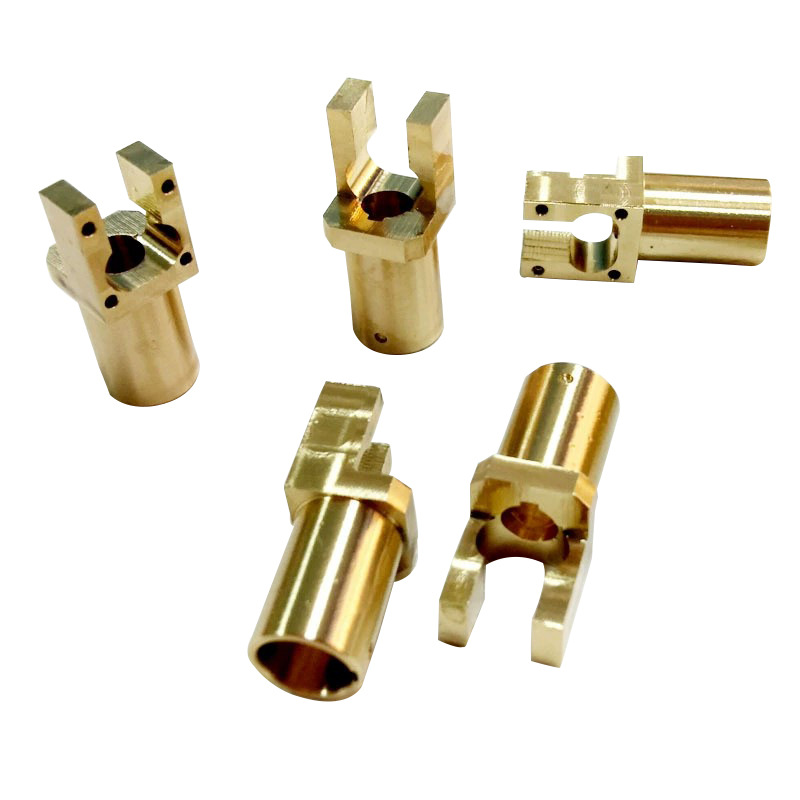The metals used for die-casting mainly include zinc, copper, aluminum, magnesium, lead, tin, and lead-tin alloys. Although die-casting is rare, it is also feasible. Special die-casting metals include ZAMAK, aluminum zinc alloy, and American Aluminum Association standards: AA380, AA384, AA386, AA390, and AZ91D magnesium. The characteristics of various metals during die casting are as follows:
Zinc: The most easily die-cast metal, which is economical for manufacturing small components, easy to coat, high compressive strength, plasticity, and long casting life.
Aluminum: Lightweight, complex to manufacture and thin-walled castings with high dimensional stability, strong corrosion resistance, good mechanical properties, high thermal conductivity and conductivity, and high strength at high temperatures.
Magnesium: Easy to machine, with a high strength to weight ratio, and the lightest commonly used die-casting metal.
Copper: It has high hardness and strong corrosion resistance. Among commonly used die-casting metals, it has the best mechanical properties, wear resistance, and strength similar to that of steel.
Lead and tin: With high density and extremely high dimensional accuracy, they can be used as special anti-corrosion components. For public health reasons, this alloy cannot be used as food processing or storage equipment. The alloy of lead tin antimony (sometimes also containing a little copper) can be used to make handmade lead and hot stamping in letterpress printing.
The maximum mass limits for die casting using aluminum, copper, magnesium, and zinc are 70 pounds (32 kg), 10 pounds (4.5 kg), 44 pounds (20 kg), and 75 pounds (34 kg), respectively.
 Send A Message
Send A MessageIf you are interested in our products and want to know more details,please leave a message here,we will reply you as soon as we can.